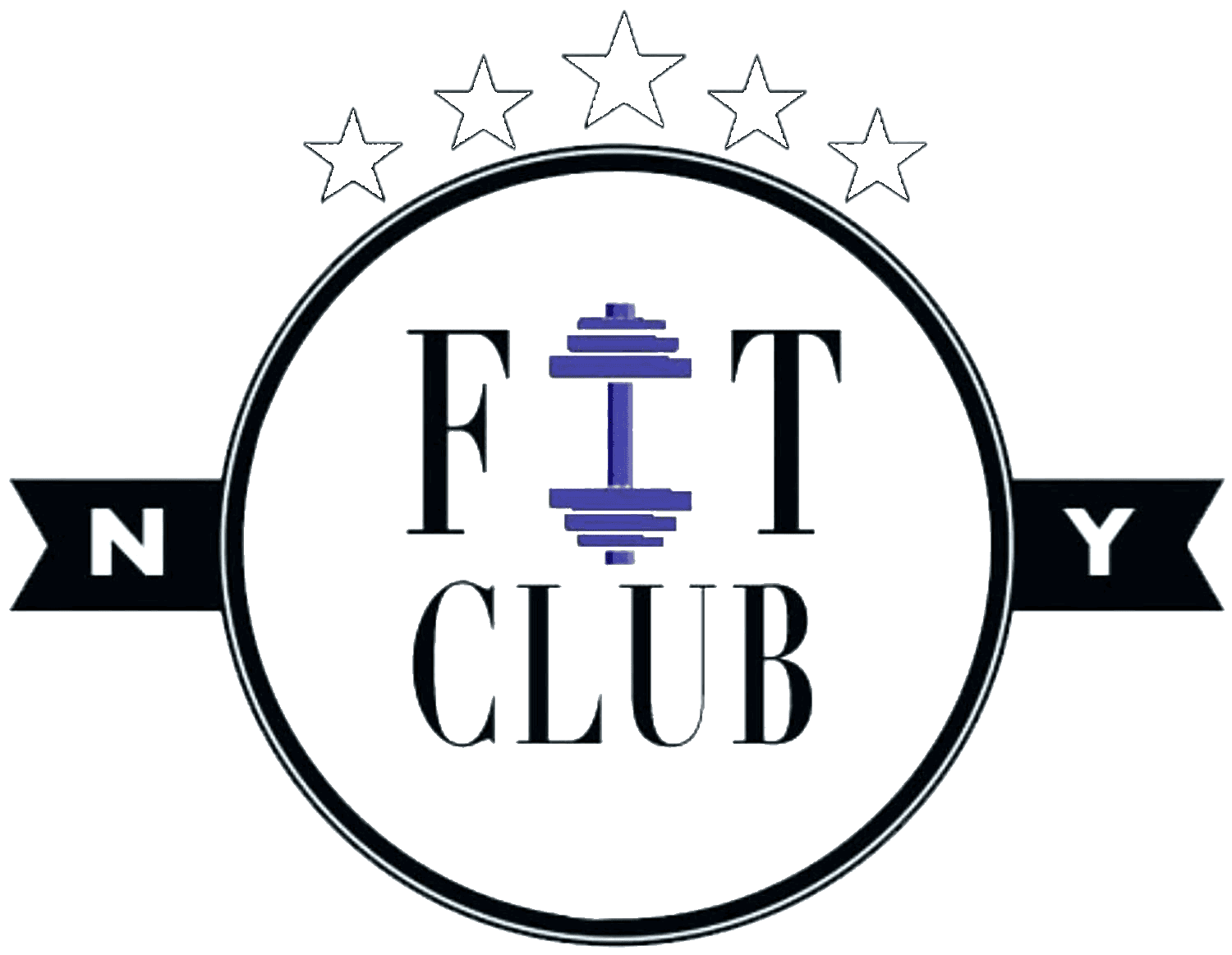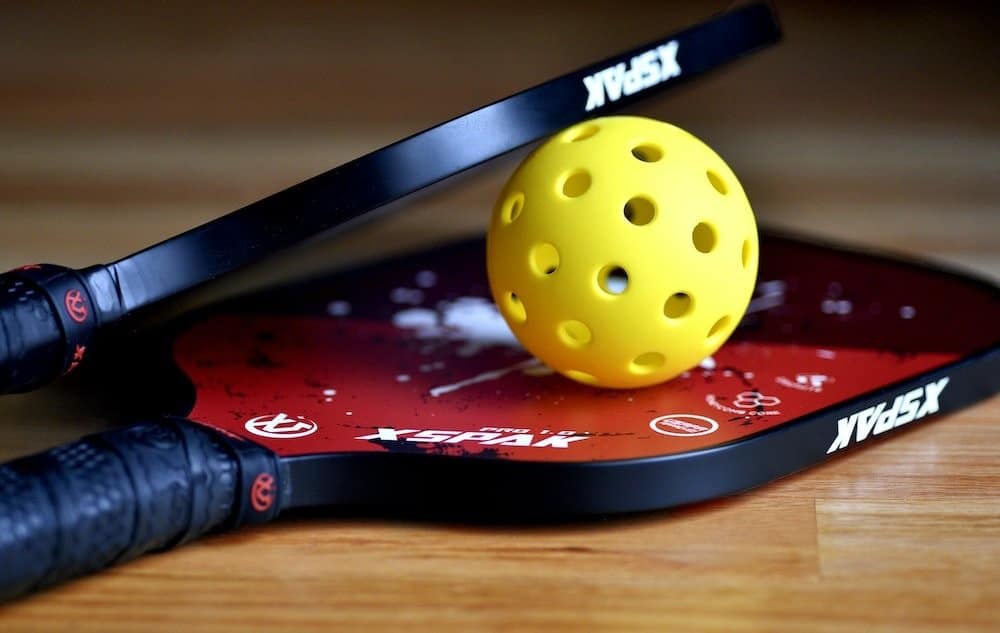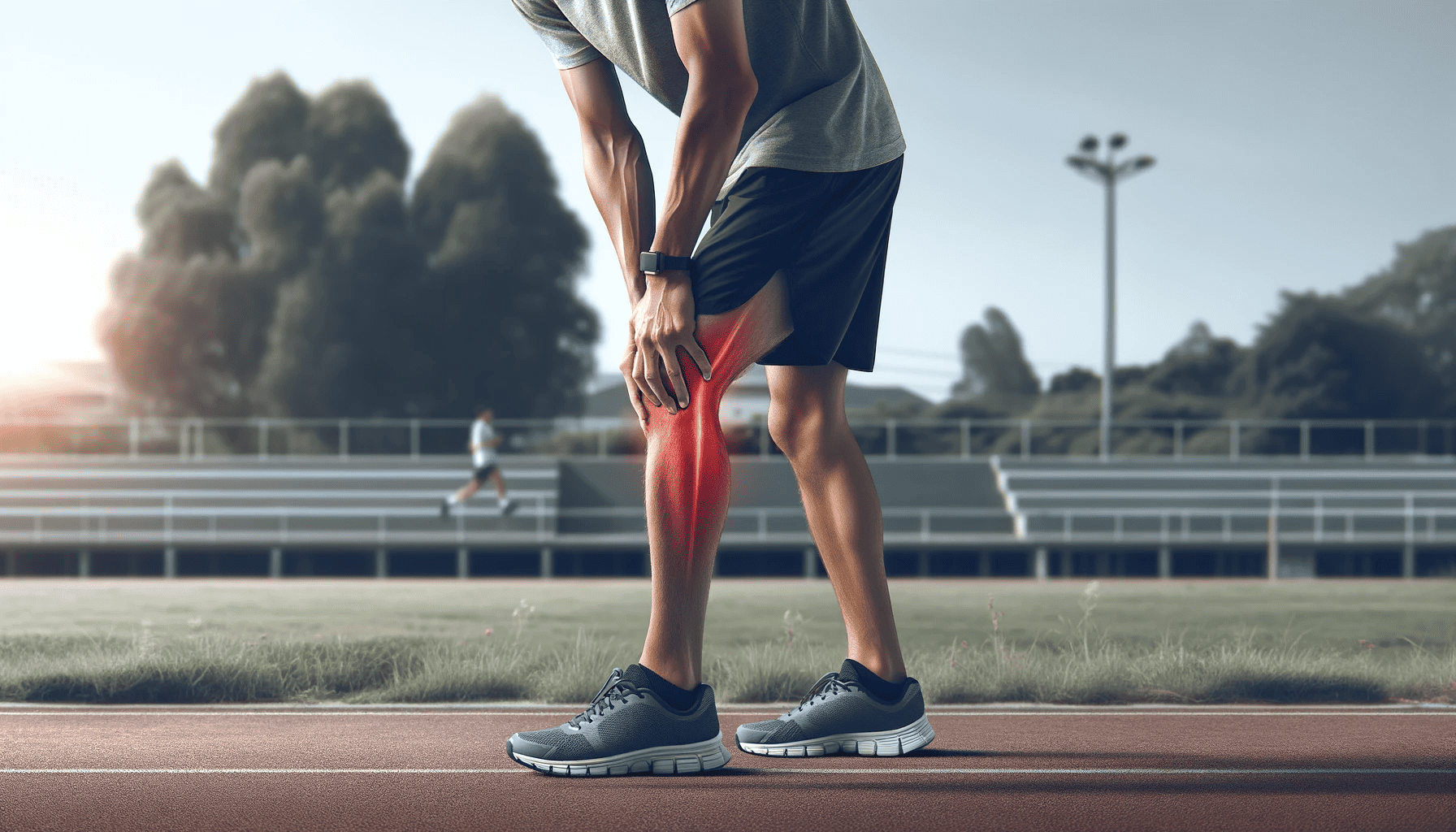Here at FitClub, we see a lot of people who are doing their best to work out and get healthy. They run, do CrossFit, take classes, or try to do their own thing at the gym. They come in with a variety of injuries, but there is a common denominator with all of them – they are mostly, if not all, overuse injuries.
What does this mean?
Let’s take CrossFit, for example. CrossFit trains a lot of complex movements – squats, presses, everyone’s favorite burpees, and everything in between. These movements require a fair amount of strength and coordination between muscle groups. Many times, bigger or more dominant muscle groups will take over all the action, and the smaller or weaker muscle groups will be left hanging out to dry. This creates a big imbalance between the larger and smaller muscle groups. This phenomenon isn’t limited to CrossFit, though. It can happen with any repetitive motion, like running, jumping or swimming.

Recognizing the Signs
If you only use the more dominant muscle groups during these movements (at high repetition, high weight, or both), at some point, they are going to call “it quits.” When this happens, you will end up with a strain, such as in your back when you pull a heavy deadlift (or a lot of light deadlifts) with bad form, or at the worst, a tear (such as in the muscles of your shoulder after doing high repetition pull-ups with poor shoulder stability).
The thing is, your body will start giving you warning signs (PAIN) very early on that something needs to change. This could be a painful clicking in your shoulder, sharp pain in your knees after a squat day, or soreness in your back that lasts a few days (read: do not take back pain as “normal!”). Most people try to “work through it” instead of addressing the issue, which often leads to a more serious injury that usually requires more recovery time.
This totally sounds like me – what can I do?
Prevention and Recovery
Two words: ACCESSORY WORK. Everyone needs it, but nobody wants to do it. Accessory work wakes up those weaker muscle groups so that they can contribute to the movements your body is trying to perform and balance out the work. In this blog series we will be going over a few of our favorite accessory exercises for different regions of the body to help you reduce your imbalance and avoid overuse injuries! In the long run, this doesn’t apply to just CrossFitters; it applies to anyone who is trying to get healthy through movement and exercise!
Accessory Exercises for the Lower Body
We see a lot of athletes who are considered “quad-dominant” – that is, they have HUGE thighs that do a ton of work, but if you isolate the strength of their posterior chain (specifically glutes!), you’ll often find that they have a lot of trouble using them!
“But I squat all the time!” we hear them say. All it takes is a weak core to cause your weight to shift a certain way (usually forward), then all the work of squatting goes to the quads instead. Over time, this movement pattern may lead to overuse injuries of the lower back, hip, or knee. The following are great core and hip activation exercises to wake these muscles up before squatting, running, jumping…basically any lower body activity!
Posterior Pelvic Tilt Progression
These exercises target your Transversus Abdominis (TA), your deep core muscle that helps stabilize your lower back. We often see athletes lock out their lower backs in hyperextension, which compresses your spine and may cause pressure on the nerves that supply your legs. This muscle cannot work efficiently in hyperextension, so you use other muscles to compensate for your lack of stability. Over time, your muscles may give out, causing muscular strains or unwanted damage to the ligaments and discs in your back.
The progression moves from pelvic tilting on your back to pelvic tilting with your legs moving. It challenges your stability by making it harder to maintain a flat lower back as you are forced to support the weight of your legs.
Glute Bridge Progression
These exercises target – you guessed it – your glutes! They build on the pelvic tilt to ensure that you continue engaging that TA muscle as you use your glutes. Note that Rena in the video doesn’t push her hips up – she is avoiding hyperextension of her lower back and keeping the work of the exercises in the glutes and core. The progression moves from a double-leg bridge to a single-leg bridge to a bridge hold with alternating leg lifts. The last exercise further challenges TA activation in a new position – the goal is not to let the hips drop or let your body fall over to one side. You are trying to remain centered with minimal weight shifting.
Lateral Band Walks
This exercise targets your hip abductors, also part of the gluteal group of muscles. Your hip abductors are responsible for maintaining your knee alignment with your hip. You could use these exercises if your knees collapse inwards when you squat, deadlift, or land from a jump. That “knock-knees” position puts you at a high risk for knee injuries (think: ACL tear – yikes!).
Again, you want to build on what the other exercises did – keep your TA engaged throughout and maintain your alignment with minimal weight shifting. As the band moves farther away from the center of your body, it becomes harder to maintain alignment. If having the band around the arches of your feet is too easy, you can always use a heavier resistance!
Suppose your lower body pain persists after incorporating these exercises into your warm-up routine. In that case, you will highly benefit from a formal evaluation by one of our Doctors of Physical Therapy.



